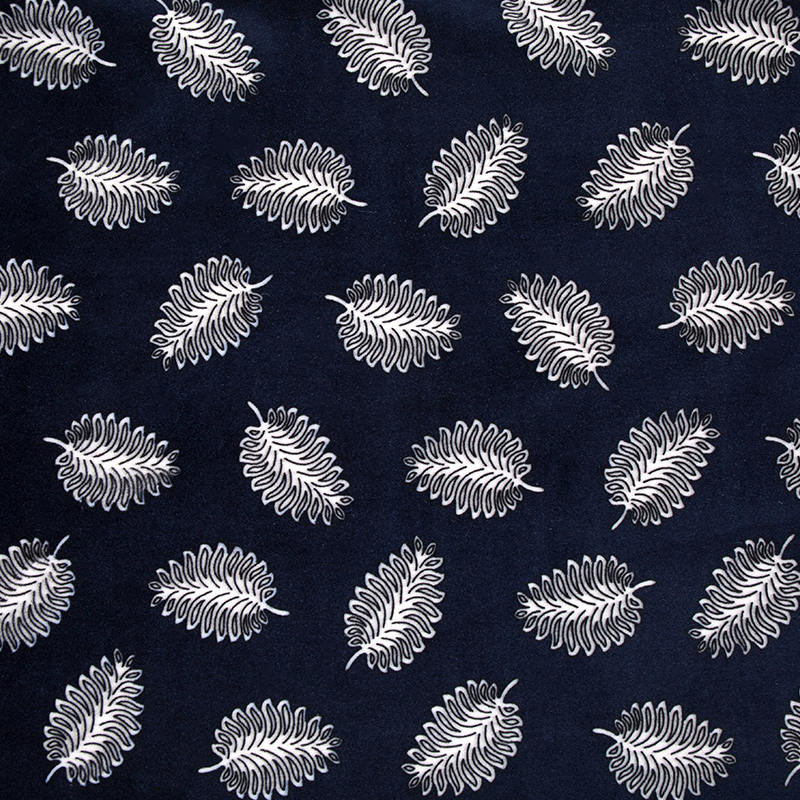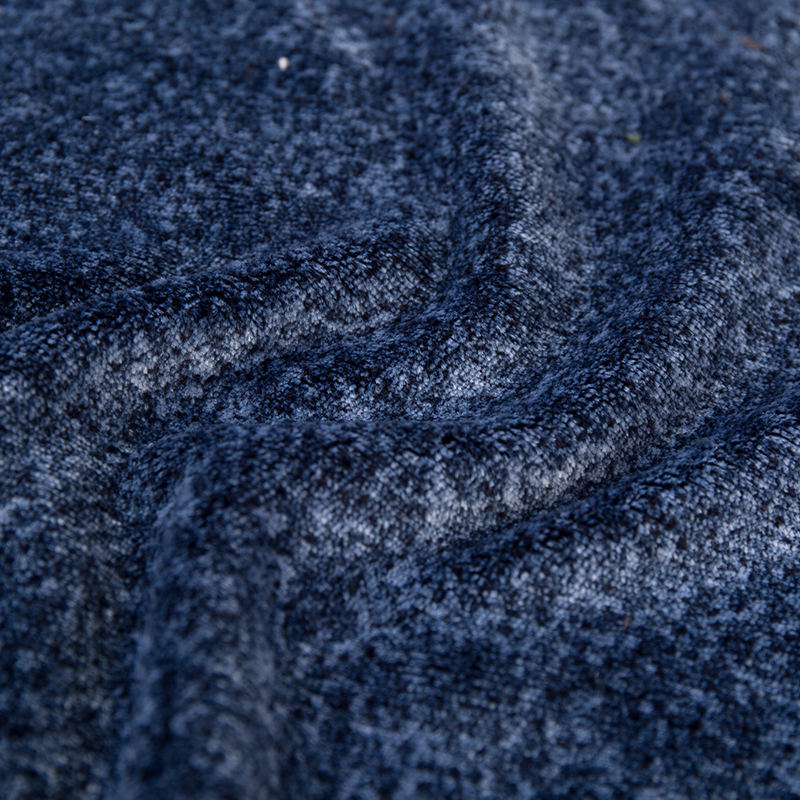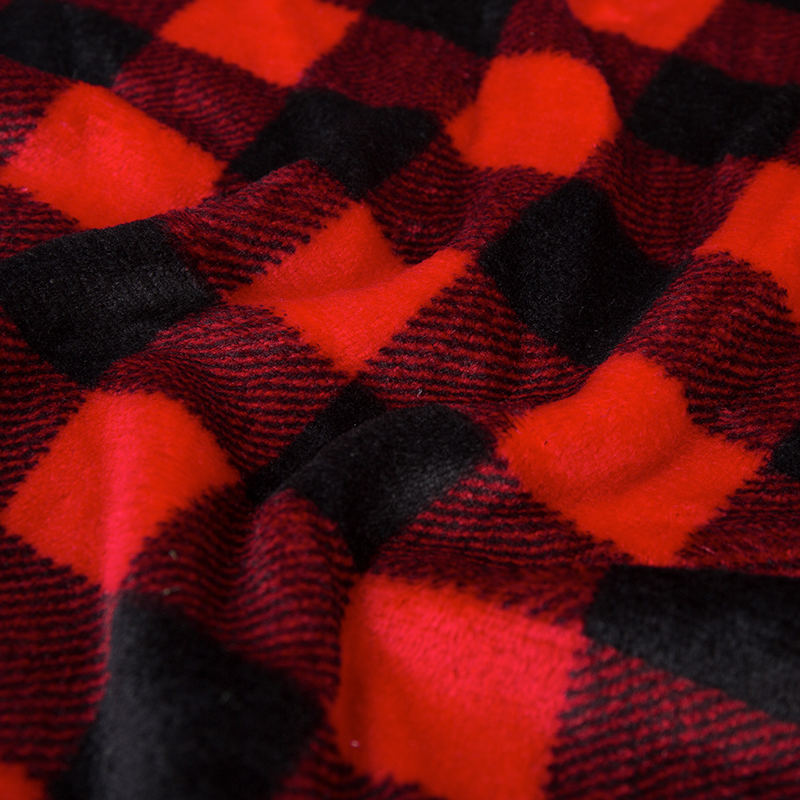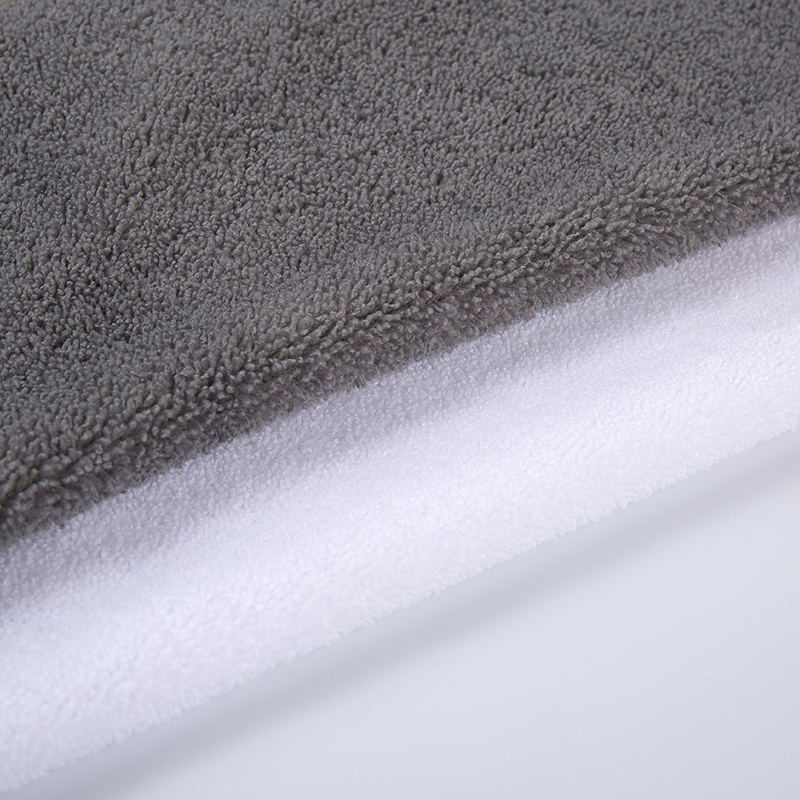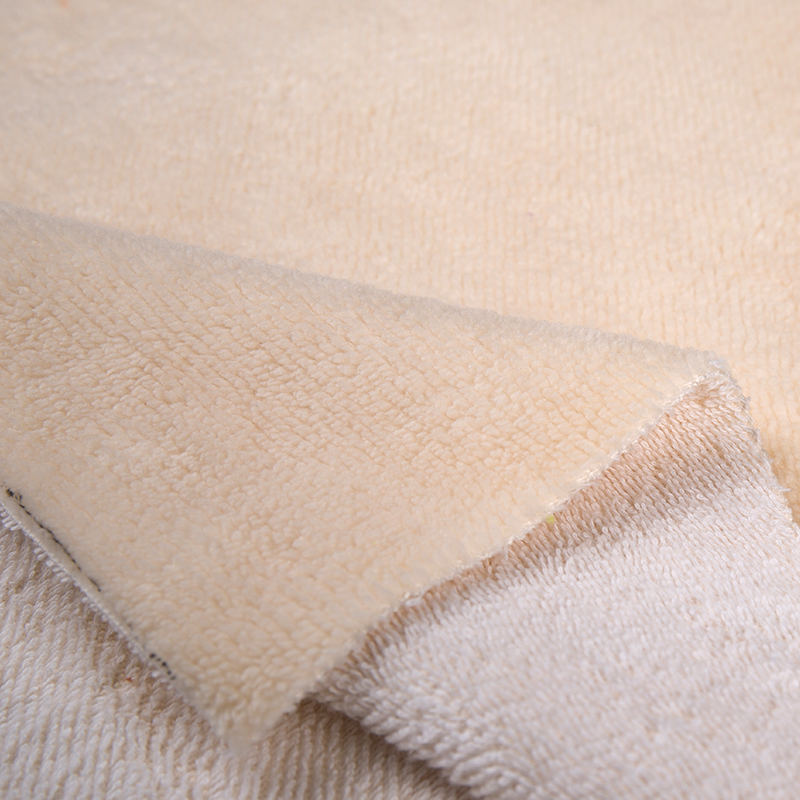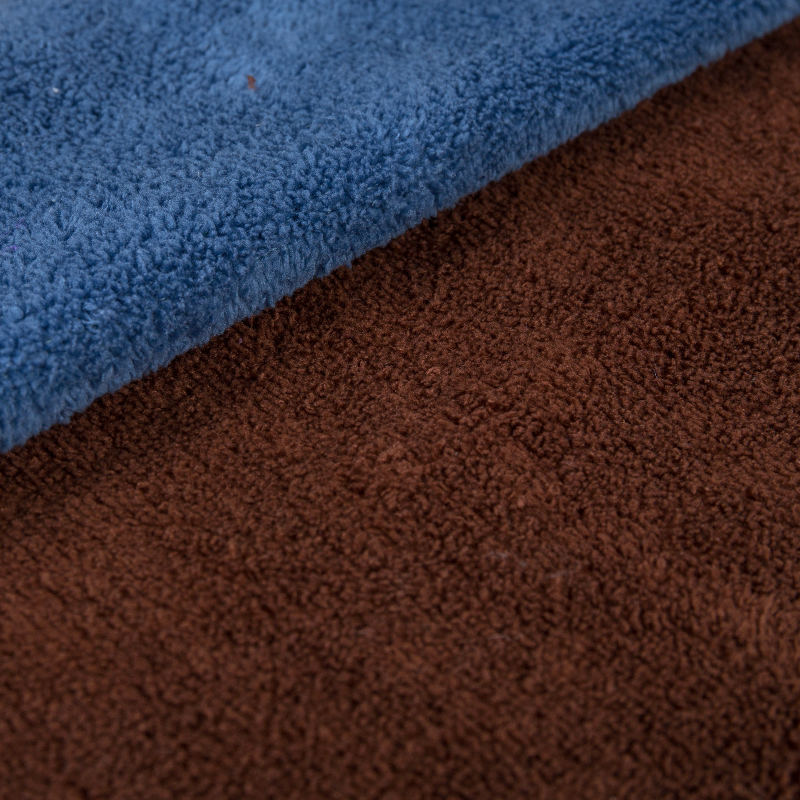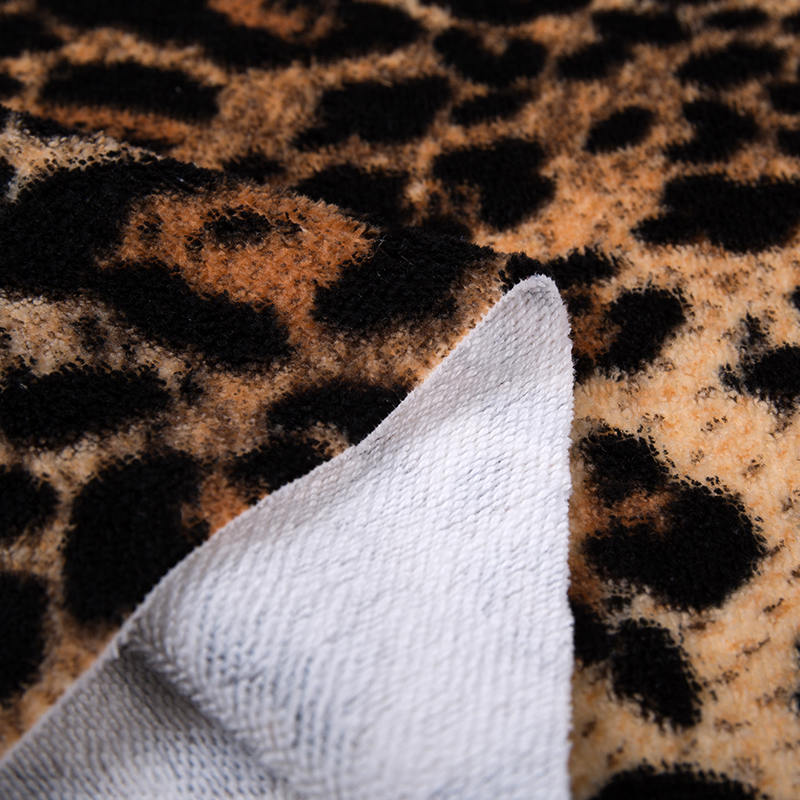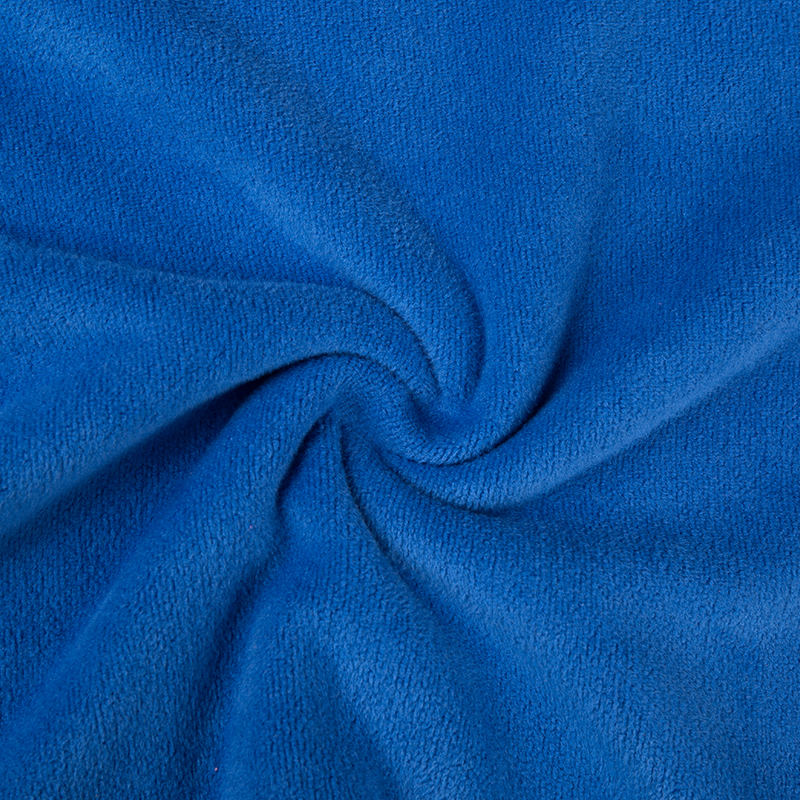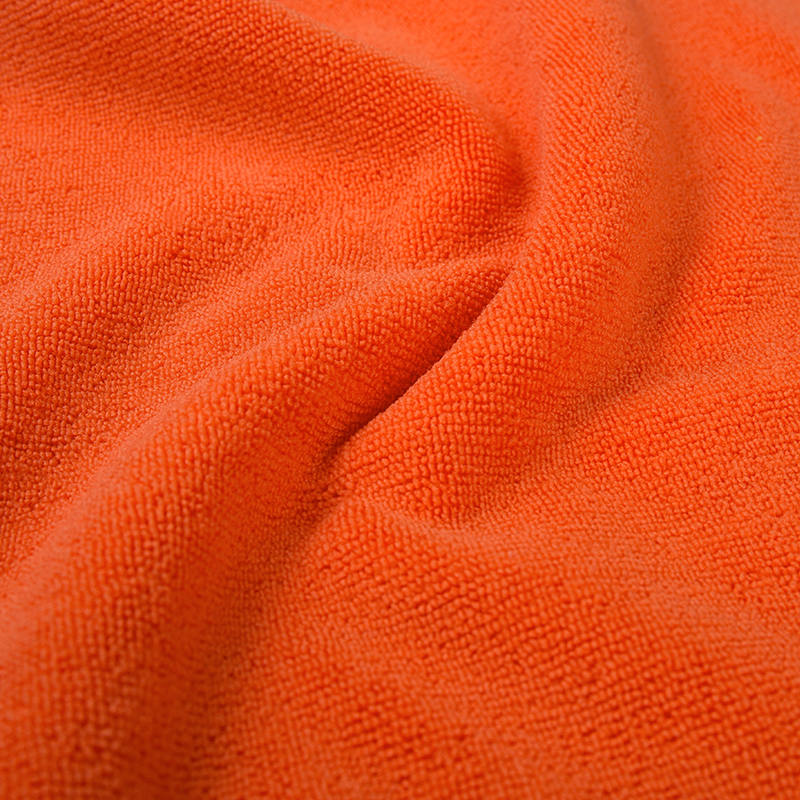In the textile industry, maintaining the dimensional stability of fabrics after repeated washing remains one of the most crucial indicators of quality. Among various synthetic materials, polyester coral velvet fabric demonstrates exceptional resilience and shape retention. This ability is derived from its molecular structure, surface morphology, and production techniques that work together to resist deformation.
Structural Basis for Dimensional Stability
Polyester coral velvet fabric is composed of fine polyester fibers arranged in a dense, pile-like configuration. The inherent rigidity of polyester molecular chains contributes to the material’s resistance to shrinkage and stretching. Each fiber strand has a crystalline region that stabilizes the structure when exposed to moisture and heat, limiting the degree of dimensional change during washing cycles.
The pile surface, formed through high-density knitting and mechanical brushing, also reinforces stability by distributing stress evenly across the textile. When tension is applied during laundering, this structure minimizes localized deformation and allows the fabric to recover to its original form once dried.
| Technical Parameters | Description | Impact on Shape Retention |
|---|---|---|
| Fiber Type | 100% Polyester | Low moisture absorption, high resilience |
| Fabric Construction | Knitted with dense pile loops | Prevents fiber displacement |
| Surface Finish | Brushed and sheared | Enhances elasticity and recovery |
| Shrinkage Resistance | ≤ 2% (typical under standard wash) | Maintains dimensional stability |
This combination of low water absorption and strong molecular memory allows polyester coral velvet fabric to retain its original shape even after multiple laundering cycles.
Moisture Interaction and Recovery Mechanism
One of the defining advantages of polyester coral velvet fabric lies in its minimal interaction with water. Polyester fibers are hydrophobic, meaning they do not absorb significant amounts of moisture. Instead of penetrating the fiber core, water remains on the surface and evaporates quickly. This prevents swelling, which is the primary cause of deformation in natural fibers such as cotton or wool.
During washing, the molecular alignment within polyester remains largely unaffected. Once the fabric is removed from the water and allowed to dry, it naturally returns to its preset dimensions. The elastic recovery is aided by the knit structure, which functions like a spring, restoring the loops and piles to their original configuration.
The recovery process can be summarized as follows:
| Stage | Condition | Fiber Behavior | Result |
|---|---|---|---|
| Washing | Immersed in water and mechanical motion | Minimal swelling, low deformation | Maintains integrity |
| Spin-Drying | High rotational force | Rapid water release | No structural loosening |
| Air Drying | Low moisture environment | Molecular re-alignment | Shape recovery |
Through this sequence, the fabric retains both its dimensional accuracy and tactile softness without requiring additional treatment.
Role of Fabric Density and Pile Orientation
Another critical factor influencing post-wash shape retention is the fabric’s density and pile orientation. In polyester coral velvet fabric, each pile is anchored tightly to the base layer through a loop or interknit structure. This configuration not only improves the fabric’s plushness but also stabilizes it against mechanical agitation during washing.
The controlled direction of the pile ensures that fibers align uniformly. Even when subjected to rotational or compressive forces, the pile returns to its upright position due to the elastic nature of polyester. A high-density arrangement further minimizes friction between individual fibers, reducing pilling and fiber displacement — both of which can distort the overall shape of the material.
Compared to loosely knitted fabrics, the compact architecture of coral velvet offers a superior balance between flexibility and structural firmness. The result is a soft yet resilient textile that maintains form and texture after extended use.
Influence of Thermal Setting and Finishing
A crucial step in producing polyester coral velvet fabric is the thermal setting process. During manufacturing, the fabric undergoes controlled heating that fixes the molecular configuration of polyester. This thermal treatment stabilizes the fabric dimensions by locking the polymer chains into a specific orientation, which later resists deformation when exposed to heat or moisture.
Finishing processes, such as shearing and soft brushing, further enhance the shape memory by smoothing the surface and equalizing pile length. The fabric thus becomes more uniform in tension distribution, which helps it recover consistently after each wash.
Thermal setting parameters such as temperature and dwell time are optimized to ensure a balance between elasticity and durability. This controlled heat treatment is key to achieving long-term dimensional stability without compromising the fabric’s luxurious hand feel.
Mechanical Properties and Long-Term Durability
The mechanical strength of polyester coral velvet fabric is another decisive factor in its ability to maintain shape. Polyester fibers possess high tensile and elastic recovery properties, which means they can withstand repeated stretching without permanent deformation.
When tested under simulated washing conditions, the fabric shows consistent thickness and pile recovery even after multiple cycles. This mechanical endurance is vital in household applications where washing frequency is high.
| Mechanical Property | Performance Characteristic | Effect on Post-Wash Shape |
|---|---|---|
| Tensile Strength | High | Prevents structural distortion |
| Elastic Recovery | Excellent | Maintains dimensional accuracy |
| Abrasion Resistance | Strong | Reduces wear-related deformation |
| Surface Cohesion | Uniform | Minimizes pile misalignment |
Through these mechanical advantages, polyester coral velvet fabric provides both aesthetic stability and prolonged usability, making it an ideal material for items exposed to frequent laundering.
Environmental and Maintenance Advantages
Because polyester coral velvet fabric retains its shape without the need for special care, it offers a sustainable advantage by reducing energy and water consumption during maintenance. It dries quickly, requires no ironing, and resists shrinkage, allowing users to extend the lifespan of textile products.
Additionally, its dimensional stability helps preserve the appearance of garments and home textiles, reducing the frequency of replacement and contributing to a more resource-efficient textile cycle.
High-traffic applications such as blankets, robes, and upholstery benefit from this combination of low maintenance and lasting shape consistency.
These keywords align with consumer search behavior, particularly in markets focusing on soft-touch, easy-care fabrics.
Conclusion
The ability of polyester coral velvet fabric to maintain shape after washing is rooted in the synergy between its molecular composition, knitting density, and thermal stabilization. Its hydrophobic properties, elastic recovery, and engineered surface structure work collectively to prevent deformation, ensuring lasting performance and visual appeal.
This inherent shape memory not only enhances product durability but also reinforces its position as a versatile textile in modern applications where softness, resilience, and low maintenance are equally valued. Polyester coral velvet fabric thus exemplifies how material science and textile engineering converge to achieve long-term dimensional stability without sacrificing comfort or aesthetics.

 English
English Español
Español 中文简体
中文简体